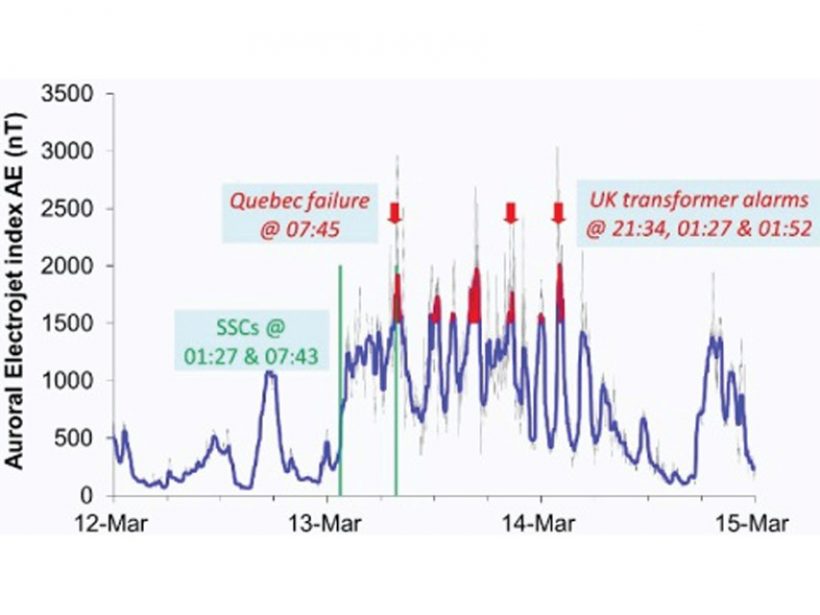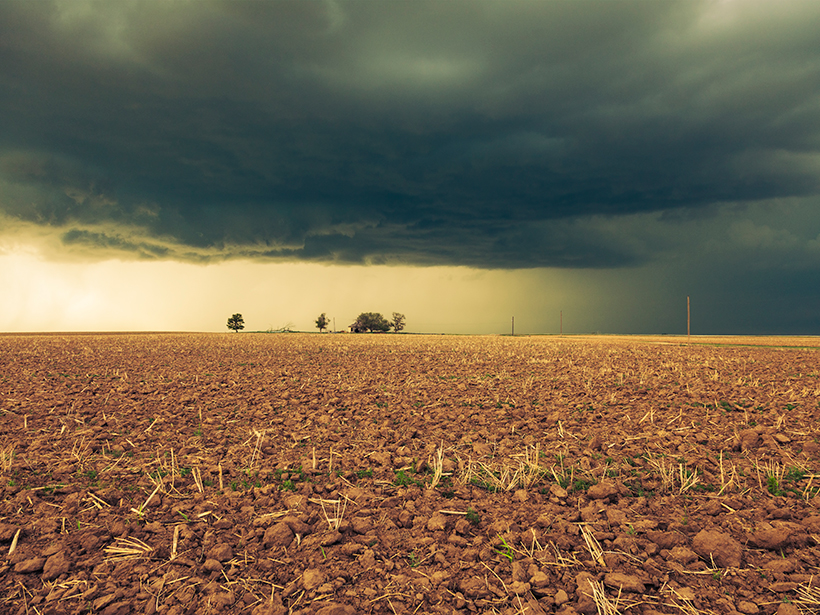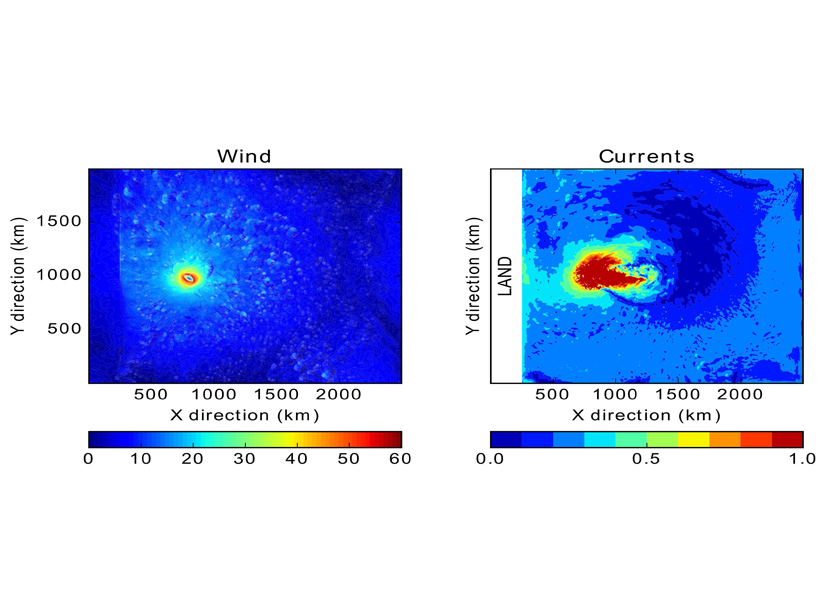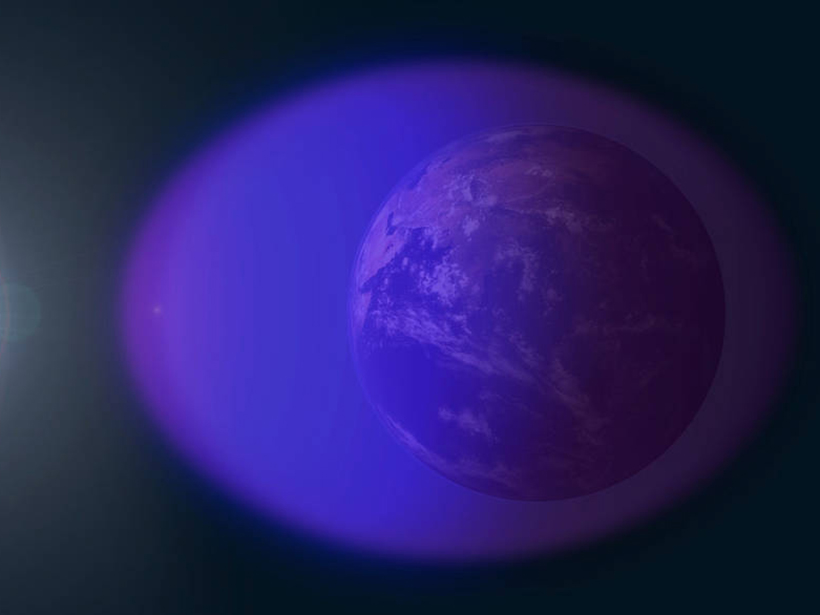A new framework assesses the economic impact of space weather on power distribution networks and the supply of electricity.
forecasting
Bridging the Weather-to-Climate Prediction Gap
A task force of researchers set out to bridge the gap between the 2-week weather forecast and long-term climate predictions; their findings could help in forecasting the likelihood of extreme events.
Subseasonal to Decadal Predictions: Successes and Challenges
International Conferences on Subseasonal to Decadal Prediction; Boulder, Colorado, 17–21 September 2018
Challenges and Opportunities in Coastal Prediction
Mooers Coastal Ocean and Atmosphere Prediction Workshop; Mount Hood, Oregon, 15 September 2018
Plasma Activity Around Sunspots May Foreshadow Solar Storms
A new study identifies possible precursors to space weather in the regions encircling sunspots.
Can Coastal Surface Currents Improve Hurricane Forecasts?
An idealized model explores whether hurricane intensity forecasts could potentially be improved by incorporating coastal surface currents data.
Christopher N. K. Mooers (1935–2018)
This passionate physical oceanographer, a leader and catalyst in coastal studies, explored many facets of nearshore circulation and advanced the modeling and forecasting of coastal dynamics.
Dramatic Stratospheric Warmings Carved a Hole in the Ionosphere
A new study of sudden temperature spikes in Earth’s stratosphere could improve space weather forecasting.
Massive Ocean Waves May Play a Role in Nuisance Flooding
When huge planetary waves that spawn in the open ocean reach land, they can raise local sea levels along the coast. Could tracking these waves help scientists predict flooding months in advance?
Earthquake Precursors, Processes, and Predictions
A new book presents various studies that may establish a link between earthquakes and different types of precursor signals from the Earth, atmosphere, and space.









